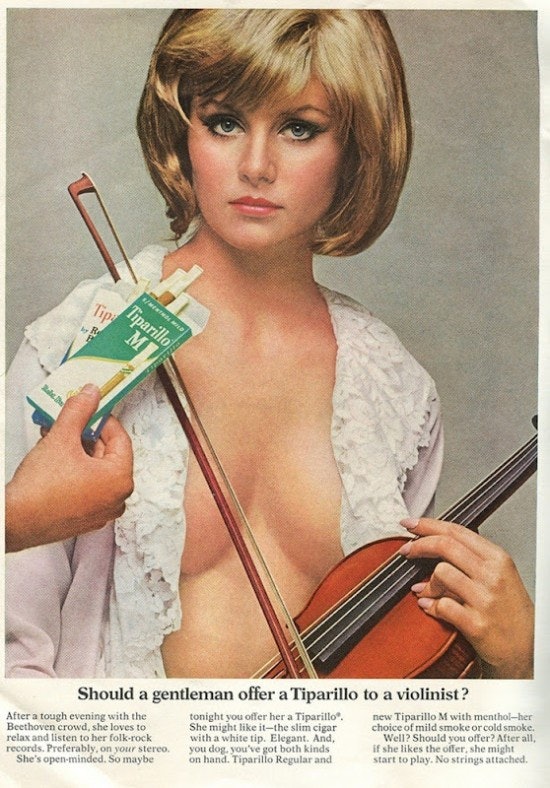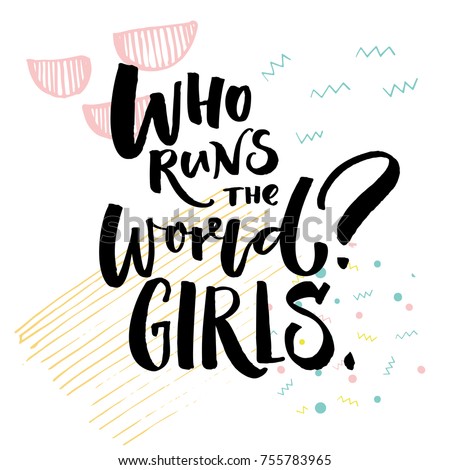 |
| If You Stay Innocent like a 4-Year-old Baby, Then You Will Stay Timelessly Sexy |
 |
| But You Have To Channel Your Inner Fabio |
 |
| Anna Kutukova's |
Patriarchy was when the definition of the sex roles were definite. Girls were suppose to play with dolls and help their mothers around the house and boys were suppose to be the tough ones in the house. Men were the superior one and women were the ones that followed orders and enforce the rules that were made by their husbands in their household. The author Bell Hooks defines patriarchy in a different manner. Hooks definition of patriarchy is the following, "Patriarchy is a political-social system that insists that males are inherently dominating, superior to everything and everyone deemed weak, especially females, and endowed with the right to dominate and rule over the weak and to maintain the dominance through various forms of psychological terrorism and violence." (18) The social system in which boys will be boys and girls would be girls. Starting from a very early age females were taught the ideals of living in a patriarchy household. There father would always be the one to enforce the rules in rigorous ways. Bell Hooks illustrates a moment of her childhood where her father beat her with a board that he had taken from the door way because she wanted to play with her brothers marvel and her father told her that she was not allowed to play those games and instead of just settling and leaving, she confronted her father and told him that she wanted to play, her father got angry and used violence to make her understand (Hooks 20). This incident demonstrate how was also used to enforce the rule. In this illustration we see that not even Bell Hooks mother could have done anything to stop her father from beating her. In these patriarchal household the female figure were the ones to enforce the rules and care for their family. They were in charge of the domestic part of the equation. In most cases these types of situations happen in the majority of household in our society. For instance in my household my father is the one to make the rule. Every time that me and my brother did something wrong my mom would always say "wait until your father comes home" to scare us so that we would stop what we were doing. Once our father came home we would behave like angels. In our household my father was the figure of respect.
| Letty Coltin Pogrebin: Oppression of Women |
-Arleni Liriano
Work Cited
Berger, John. Ways of Seeing: Based on the BBC Television Series with John Berger. British Broadcasting Corp., 2012.
Hooks, Bell. The Will To Change: Men, Masculinity, and Love. Simon & Schuster, 2004.
No comments:
Post a Comment